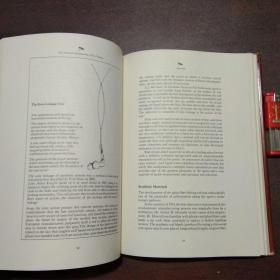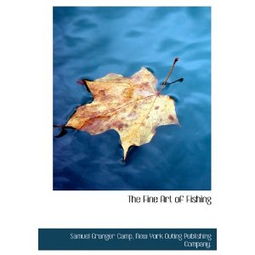Content:
Introduction: Fishing during the winter months can be a serene and rewarding experience, but it also comes with its own set of challenges, particularly when it comes to staying warm and preventing frostbite. The cold water and frigid air can make for a challenging environment, but with the right techniques and gear, you can enjoy a successful and comfortable winter fishing trip. In this article, we will delve into the essential tips for fishing how to prevent cold and frostbite, ensuring that you stay cozy and safe on the ice.
Layering for Warmth: The key to staying warm while fishing in cold weather is proper layering. Here's how to layer effectively:
a. Base Layer: Start with a moisture-wicking base layer made of materials like polypropylene or wool. This layer helps to keep you dry and warm by pulling sweat away from your skin.
b. Insulation Layer: Add a middle layer of insulation, such as fleece or down, to trap heat and provide additional warmth.
c. Outer Layer: Complete your ensemble with a waterproof and windproof outer layer to protect against the elements. Look for materials like Gore-Tex or similar breathable fabrics.
Head Protection: Your head is one of the first places to lose heat, so it's crucial to keep it well-covered. Here are some head protection tips:
a. Hat: Invest in a good quality insulated hat that covers your ears. A beanie or a fisherman's hat with a visor can also protect your face from the cold.
b. Balaclava: A balaclava is a versatile head covering that can be pulled up over your face to protect your nose and mouth.
c. Goggles: Wear waterproof and fog-resistant goggles to protect your eyes from the wind and snow, and to prevent frostbite.
Hands and Feet: Your extremities are especially susceptible to frostbite, so it's important to keep your hands and feet warm and dry.
a. Gloves: Use insulated gloves with a waterproof outer layer. Look for gloves with removable liners that can be swapped out for a dry pair if they get wet.

b. Boots: Wear waterproof, insulated boots that provide good traction on icy surfaces. Consider boots with a removable liner for easy drying.
Dress for the Water: When you're on the ice, your clothing should be designed to keep you warm and dry, even if you get wet.
a. Waders: Use breathable and waterproof waders that can be worn over your drysuit or layered under your outerwear.
b. Drysuit: Consider wearing a drysuit to keep your entire body dry and warm. Drysuits are designed to be worn over your waders and can be adjusted to fit over your base and insulation layers.
Keep Moving: Staying active can help maintain your body temperature. If you're not fishing, take regular breaks to move around and generate heat.
Use a Portable Heater: If you're fishing in a remote location, consider bringing a portable heater to keep your fishing spot warm. Ensure that the heater is safe for use on the ice and that it is well-ventilated to prevent carbon monoxide buildup.
Stay Hydrated: It's easy to forget to drink water when you're out in the cold, but staying hydrated is crucial for maintaining your body temperature. Bring a thermos of hot drinks or a water bottle with a insulated cover to keep your beverages warm.
Use a Rod and Reel Cover: To protect your fishing gear from the cold, use a rod and reel cover. This will help prevent your equipment from freezing and becoming unusable.
Practice Safe Ice Fishing: Always check the ice thickness before stepping out onto the ice. The ice should be at least 4 inches thick for safe walking, and 6 inches thick for safe driving. Bring a spud (an ice chisel) to test the ice thickness and a portable ice auger for drilling holes.
Be Prepared for Emergencies: Carry a first-aid kit, a cell phone with a charged battery, and a personal locator beacon (PLB) in case of an emergency. Inform someone of your fishing plans and expected return time.
Conclusion: Fishing in cold and frosty waters can be an exhilarating experience, but it requires preparation and the right techniques to stay warm and safe. By following these essential tips for cold and frostbite prevention, you can enjoy a comfortable and successful winter fishing adventure. Remember to dress in layers, protect your head and extremities, stay hydrated, and always prioritize safety. Happy fishing!












